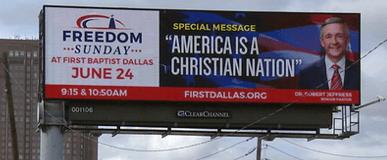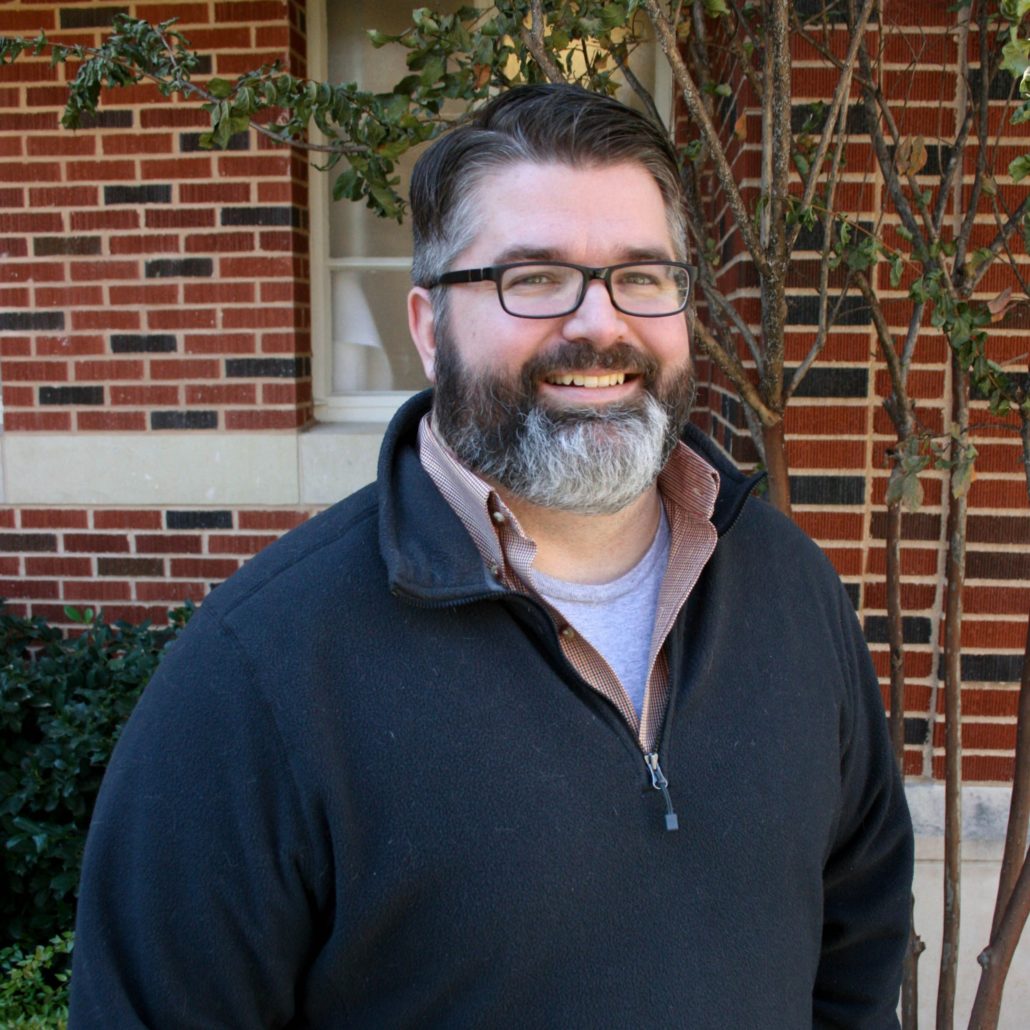Listen to RSP’s interview with Dr. Robert P. Jones, “America’s Changing Religious Demographics.”
It is an exciting time to be mapping out the population and demographic level changes in the American religious landscape. The advent of high-quality data collection strategies – like those pursued by Dr. Robert P Jones and the Public Religion Research Institute (PRRI) – as well as the speed by which religion is transforming in the face of modernizing processes and technological advances have created opportunities for scholars and students of religion in America to revisit and refine our understanding of religion’s place in our society. As Dr. Jones notes in this interview, the rise of the religiously unaffiliated marks a sea change in religious belonging in American over the past 30 years. These PRRI data suggest that around 25% of the entire population and 40% of young Americans no longer identify with any particular religious denomination. These statistics are echoed in the General Social Survey (22% of full population and 33% of those younger than 35 as of 2016), the National Survey of Youth and Religion, and several PEW datasets as well. Given that the rise of the religiously non-affiliated represents a large and potentially growing block of the American populace, understanding the mechanisms that might explain this shift has become one of the more important tasks facing American religious demographers. Below, I briefly outline some of the possible accounts that those studying the sociology of religion have theorized to explain these changes.
One prominent explanation is that America is now – however slowly – beginning to look more and more like Europe in terms of secularization. Indeed, David Voas and Mark Chaves (2016) have recently argued that American can no longer be viewed as an exceptional case in terms of secularization within modernized Western world. Instead, they observe decline in American religiosity that can largely be explained by cohort turnover – changes due to older, more traditionally religious generations passing away and being replace by less religious younger cohorts. These processes could explain the rise of the religiously unaffiliated, particularly among younger Americans.
However, other scholars have rejected this interpretation. In particular, Landon Schnabel and Sean Bock (2017) argued that these population-level shifts are not occurring among intensely religious Americans, who have remained a stable subpopulation when viewed as a proportion of the American populace. Instead, they observe declines in religiosity among the religiously moderate, who are opting into a more secular lifestyles or – though much more rarely – into more intensely religious groups. These findings are echoed in Dr. Jones’ study, and both these findings suggest that the American religious landscape no longer has room for these religious moderates. Untangling these processes will remain a major source of debate within the sociology of religion in light of these and other demographic shifts. 
Above, a map from the Association of Statisticians of American Religious Bodies provides a county-by-county view of the dominant religious groups in the United States. ASARB conducts a census every 10 years, on the same schedule as the US Census.
One potential move forward would be to acknowledge that individual religiosity can change alongside population level processes. In other words, by focusing entirely on cohort turnover, we may be missing some important individual-level changes in religious expression across the life course. Some of my own research has suggested that we need to begin collecting more panel and longitudinal data to order to better capture individual level change in religion. Panel data observes the same individuals at multiple time points and thereby can map how they change (or do not change) religiously across their life course. Using General Social Survey Panel data, my co-author and I (Bartlett and Schleifer 2016) observe that while young Americans (under 35 years old) are the most likely to disaffiliate religiously, those in the middle age groups (35-64 years old) are more likely to join an evangelical or conservative Protestant groups, and older individuals (65 years or older) – while these least likely age group to change affiliation – are also disaffiliating if they change at all. Accounting for these possibilities could lead to better projections of religious belonging across the US population.
Another popular explanation of the rise of in the religiously unaffiliated among the younger generation is the association of particular religious groups with conservative politics. In their now classic article, Hout and Fischer (2002) find that religious disaffiliation can be partially explained by religious individuals leaving traditional denominations for political reasons. In other words, these Americans remain religious but no longer identify with religious groups who have come to define themselves along political lines (see also: Lim, MacGregor, and Putnam 2010). This maybe further complicated by the emergence of political figures such as President Trump, who has been accused of extramarital infidelity that may have raised concerns among the religiously conservative in the past (Whitehead, Perry and Baker 2018) but whose commitment to appointing a judiciary aligned with their religio-political concerns (Martí 2018) allowed these religious conservatives to effectively overlook these potential moral failings.
The final note I wanted to raise in response to this interview is how complicated it is to disentangle one demographic process from another. While Dr. Jones has outlined the End of White Christian America, it is important to recognize that there are two trends that are at once distinct and intertwined: (1) The growth in the proportion of Americans who report no formal religious belonging and (2) the shifting racial composition in the US with new projections suggesting that by mid-century White Americans will make up less than 50 percent of the total population (Frey 2018). Dr. Jones makes a compelling argument that these two trends are, in part, related and can play a role in shaping American politics and religion. But it remains important to understand the ways in which these trends can be understood as distinct and separate as well. While the way forward is complicated, it is also vital. The best approach we have remains careful data collection as well thoughtful, rigorous, and innovative analyses of this information.
References
Bartlett, Bryce and Cyrus Schleifer. 2016.“Projecting Religious Switching in America: An Increment-decrement Life Tables Approach.” Population Association of America Annual Meeting, Washington, DC.
Frey, William H. 2018. Diversity Explosion: How New Racial Demographics and Remaking America. Brookings Institution Press, Washington, DC.
Hout, Michael and Claude S. Fischer. 2002. “Why More Americans Have No Religious Preference: Politics and Generations.” American Sociological Review 67(2):165-90.
Jones, Robert, P. 2016. The End of White Christian America. New York: Simon & Schuster.
Lim, Chaeyoon, Carol A. MacGregor, and Robert D. Putnam. 2010. “Secular and Liminal: Discovering Heterogeneity Among Religious Nones.” Journal for the Scientific Study of Religion 49 (4):596-618.
Martí, Gerardo. 2018. “The Unexpected Orthodoxy of Donald J. Trump: White Evangelical Support for the 45th President of the United States.” Sociology of Religion 80(1):1-8.
Schnabel, Landon and Sean Bock. 2017. “The Persistent and Exceptional Intensity of American Religion: A Response to Recent Research.” Sociological Science 4(28):2330-6696.
Voas, David and Mark Chaves. 2016. “Is the United States a Counterexample to the Secularization Thesis?” American Journal of Sociology 121(5):1517-56.
Whitehead, Andrew L., Samuel L. Perry and Joseph O. Baker. 2018. “Make America Christian Again: Christian Nationalism and Voting for Donald Trump in the 2016 Presidential Election.” Sociology of Religion 79(2):147-71.



